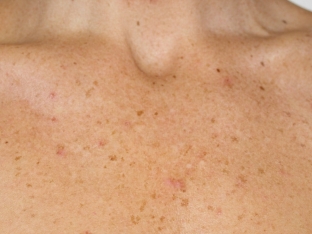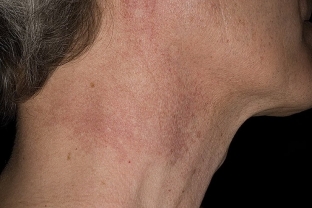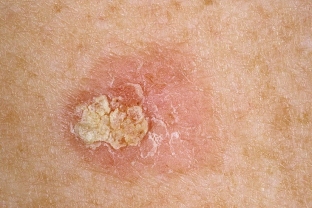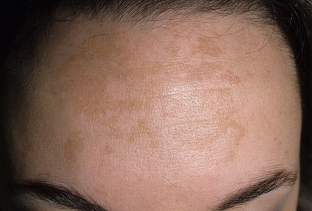Under the influence of sunlight, not only aesthetic troubles in the form of redness and peeling of the skin often develop, but also quite serious skin problems that require a competent therapeutic approach. As a rule, they occur due to chronic exposure to ultraviolet radiation – this is a decrease in turgor, and a change in relief, and a violation of skin color, and some dermatological diseases that are associated with solar exposure. What methods of treatment in these cases are most effective, read on estet-portal.com.
Skin problems due to sun exposure
The fact that under the influence of sunlight pigment spots develop, dilated vessels appear on the face, skin becomes flabby and finely wrinkled – all cosmetologists know and are able to cope with these photodamages. But the same group of skin problems, manifested due to chronic exposure to ultraviolet radiation, also includes some dermatological diseases, against which hardware techniques work quite effectively. Consider some of these diseases.
Solar lentigo. Sometimes it is also called senile lentigo, but this is not quite the correct wording, because this disease is increasingly common among young patients of a dermatologist. Solar lentigo is a rash on the skin in the form of brown spots that have a diameter of 1-3 cm, round or oval in shape, irregular outlines. Spots that appear under the influence of sunlight are usually located on open areas of the body. Patients are usually very frightened when spots of solar lentigo on the arms, shoulders, décolleté area pour out in such a large amount that they merge, affecting the skin completely.

Solar lentigo refers to precancerous conditions by specialists, therefore it requires special attention from the doctor.
Poikiloderma. Often found in lovers of sunburn, a special atrophy of the skin. The appearance of a patient with poikiloderma is rather mottled – numerous telangiectasias appear on the skin under the influence of sunlight, brownish-yellow spots of pigmentation alternate with light depigmented areas. At the same time, the skin itself is thinned, slightly shiny and resembles crumpled tissue paper in appearance. In some forms of poikiloderma, the posterior and lateral surfaces of the body are particularly affected, becoming covered with patches of erythema and hyperpigmentation.

See also: Clinical forms of telangiectasia and their treatment
Solar keratosis. Another name for this disease – actinic keratosis. It is manifested by telangiectasias and dry hard scales that adhere tightly to the skin.

Melasma. This is a hormone-induced disease, but its superficial form can be manifested and aggravated by exposure to sunlight. Melasma is manifested by large pigment spots that protrude on the forehead, around the lips, on the cheekbones and have a blurry outline.

Active exposure to sunlight often provokes & nbsp; manifestation of rosacea or causes an exacerbation of this disease.
It should be remembered that a number of the most common cancers often develop on skin affected by photodamage, so you need to be very careful about patient complaints about spots that appear after the active tanning season, and if you suspect a malignant neoplasm, immediately refer the patient to a specialist oncologist .
Methods of treatment of skin diseases manifested by exposure to sunlight
Many skin diseases associated with sun exposure respond well to treatment with hardware cosmetology methods. For example, IPL phototherapy is very effective in the following conditions:
- superficial melasma (chloasma),
- solar lentigo,
- pigment formations.
For actinic keratosis, combination therapies should be chosen as this disease is characterized by a combination of both relief and vascular changes.
Ablative laser or radiofrequency device will help to remove hyperkeratotic formations. Next, we treat the vascular network with IPL phototherapy. If a large area of skin is affected, laser resurfacing is recommended.







Add a comment